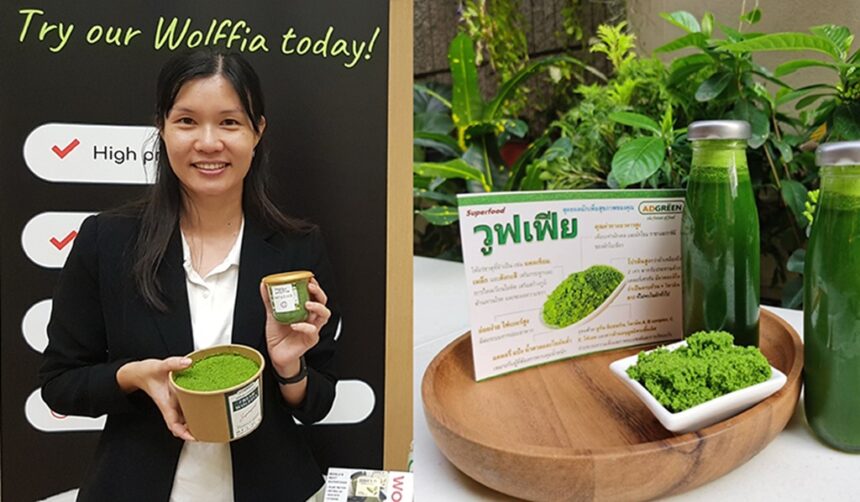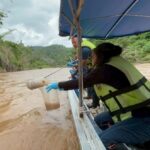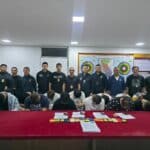BANGKOK — In Northeast Thailand, a tiny green plant is capturing attention for its promise in both local diets and future food supplies. Known locally as pham or khai-nam, Wolffia is the smallest flowering plant in the world. These floating green specks often look like dust on water but pack a big nutritional punch.
Thanks to work from Thailand’s National Science and Technology Development Agency (NSTDA), Wolffia is now seen as a powerful source of nutrition and a strong candidate for sustainable farming. NSTDA’s research and partnerships are boosting Wolffia’s value, aiming to help farmers and the environment while supporting global food needs.
Wolffia, or watermeal, is a member of the Lemnaceae family. Each bit measures less than a millimetre across and grows without roots or leaves, spreading quickly by budding in calm water. Despite its size, Wolffia is rich in nutrients.
It provides up to 24% protein by dry weight, carries all essential amino acids, is a source of vitamin B12, and has many minerals and plant compounds. It also contains 38% carbohydrates, 20% ash, and 3% fat, making it a balanced food similar to more common crops. Its high protein makes it popular for people who want plant-based options or more sustainable diets.
In Northeast Thailand, Wolffia has been part of the menu for years. Locals gather it from ponds and use it in salads, soups, and omelettes. It adds a mild taste and gentle crunch to meals. Only recently, though, has Wolffia started to draw interest as a “superfood” beyond the region. Rising demand for foods that are both nutritious and gentle on the planet is pushing Wolffia into the spotlight.
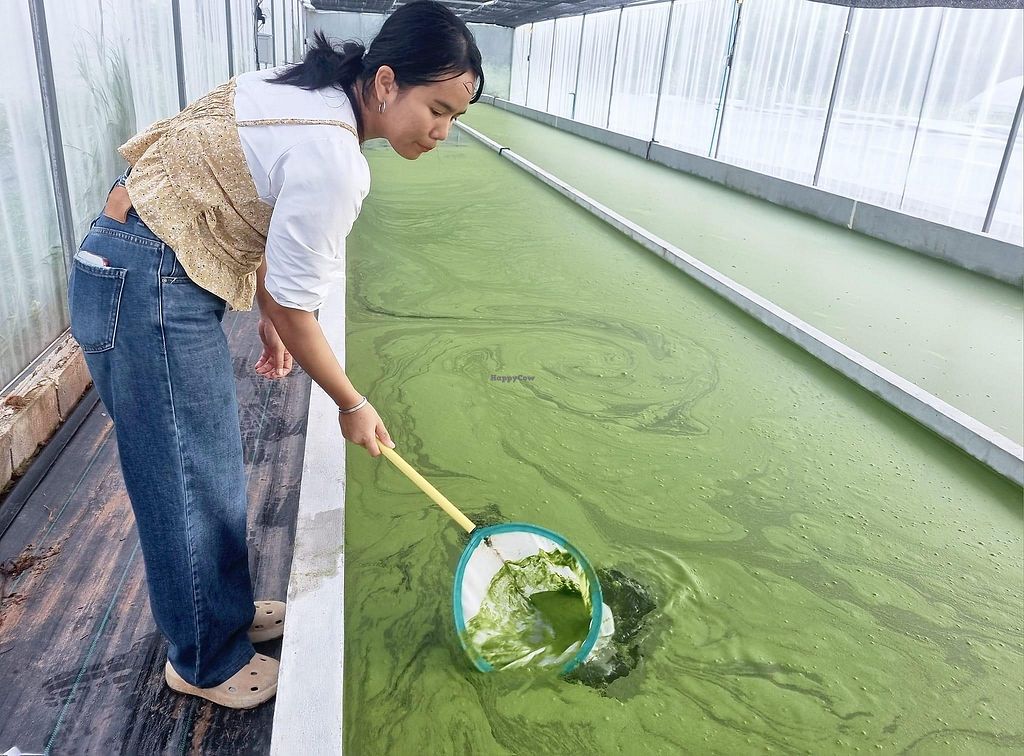
NSTDA’s Plans for Wolffia
NSTDA has taken the lead in raising Wolffia’s profile with new growing techniques and market support. In 2024, NSTDA joined forces with Pro-T Farm in Chon Buri to bring Thai wolffia up to international standards. This project, with help from Biotec, Nectec, and TMEC, focuses on making wolffia richer in protein, safer to eat, and faster to harvest.
Suphanich Pornthiraphat, a senior researcher at Nectec, shared at a recent tour of Pro-T Farm how the HandySense system works. HandySense tracks light, temperature, carbon dioxide, and fertilizer in real time to keep Wolffia growing strong. Sensors feed this data straight to farmers’ phones, so they can adjust things like lighting or water temperature as needed.
Thanks to this tech, Pro-T Farm’s 75 ponds now turn out two tonnes of fresh wolffia each month. The farm sells it at 100 baht per kilo and brings in about 200,000 baht in sales.
NSTDA is also working to make Wolffia safer for people to eat. Plants grown in natural water can be exposed to germs or heavy metals. To fix this, NSTDA is partnering with Rajabhat Rajanagarindra University to update cleaning steps.
They’re using nanobubbles and ozone methods to keep Wolffia clean and fresh longer. TMEC has built a tool that checks nitrate levels so the crop meets food safety rules. These steps have helped Pro-T Farm earn Good Agricultural Practices (GAP), Good Manufacturing Practices (GMP), and Halal certifications. The farm is now prepared to export to places like Japan and the Middle East.
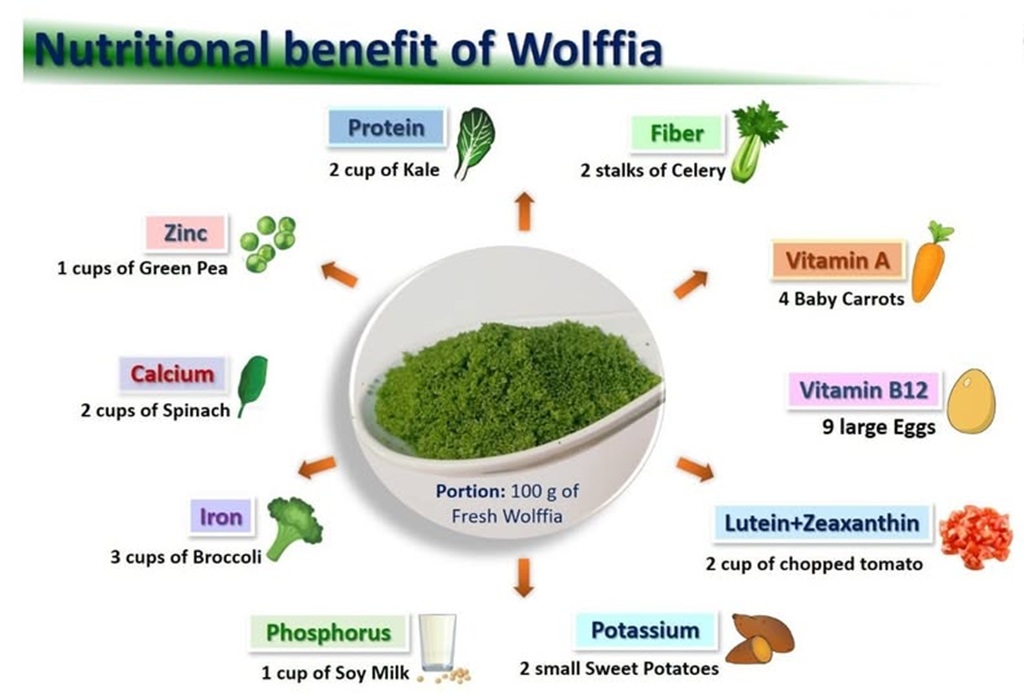
Nutrition and Environmental Benefits
Wolffia stands out as a green protein source that uses far fewer resources than raising animals. A 2025 report from Roi-Et Rajabhat University showed that rice noodles with 5% Wolffia powder had double the protein, extra chlorophyll, more plant compounds, and better antioxidant power. The noodles were easier to digest, with protein digestibility up by 22% and a lower glycemic index.
This matches the global move toward plant-based foods. At a Bangkok event, people sampled Wolffia noodles, cookies, and powders, showing the plant’s potential in new products.
Wolffia is also easy on the environment. It grows in water, doesn’t need soil, and uses very little extra water. Grown without chemical fertilizers, it doubles its mass every day or two, making it efficient for food production. NSTDA’s closed-loop vertical farming setups use greenhouses and water recycling to limit waste and contamination. These methods have lifted processed wolffia’s value from 15 baht per kilo to 4,000 baht per kilo, giving farmers a better income.
Benefits for Communities and Global Reach
For families in Northeast Thailand, Wolffia was once a low-value crop taken from ponds for home use. Now, with NSTDA’s help, it’s a real source of revenue. At Chanruang Farm, new growing methods let farmers produce Wolffia extracts for export, with interest from buyers in Dubai and Saudi Arabia as soon as Halal approval comes through.
Minister of Agriculture Narumon Pinyosinwat highlighted the income potential at International Green Week 2025 in Berlin, using wolffia-based instant noodles as an example.
Wolffia’s journey fits with the global shift to food systems that protect the climate. Its small footprint and low water needs make it suitable for areas with tough farming conditions. NSTDA is helping farmers and local businesses grow high-quality Wolffia and meet global standards. Challenges include high costs to produce and the need to distinguish apart different grades for eating or medical use.
What’s Next
NSTDA’s work with smart farming tools is just beginning. The agency sees a future with fully automated Wolffia farms that use AI to predict harvests and cut costs. For Thailand, Wolffia connects heritage crops with modern methods. By supporting this tiny water plant, NSTDA is helping rural communities thrive and placing Thailand among leaders in sustainable food.
As the world searches for new answers to nutrition and environmental issues, Wolffia has the potential to make a big difference. From small ponds in Isaan to international markets, Thailand’s pham shows that even the tiniest plants can drive real change.
Related News:
Major Study Finds Vitamin D3 Supplements Linked to Slower Ageing




